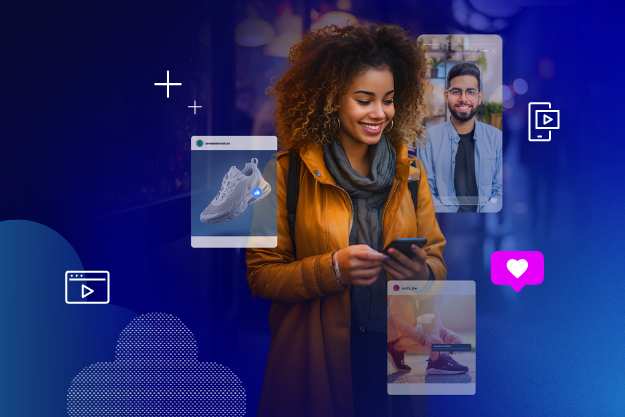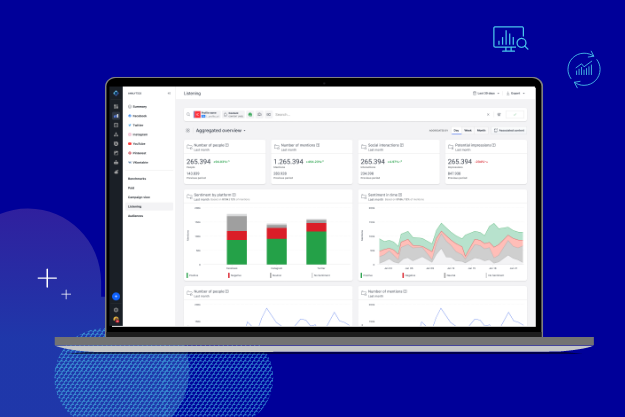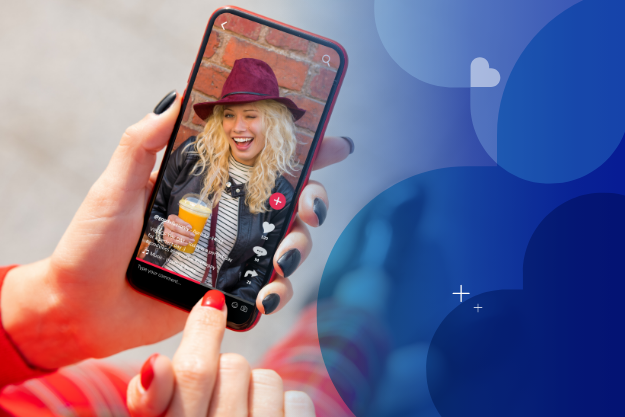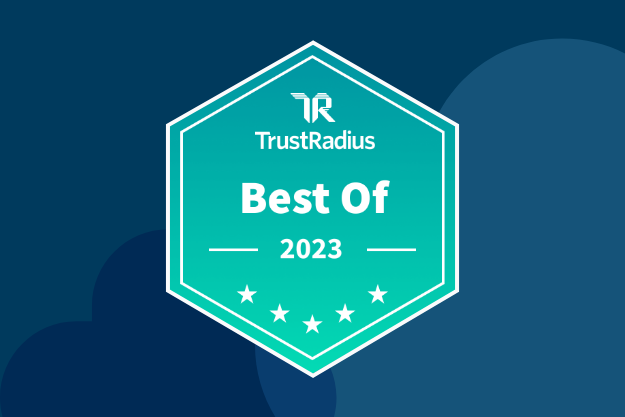A robust social media presence is a requirement to be relevant in today's mobile-centric economy, and the most successful businesses are dedicated to meeting their customers where they are – on social media. However, it can be challenging to understand the nuances between platforms, since each caters to a specific demographic and promotes a certain style of communication.
As each social media platform tests out new methods of sharing content, some marketing professionals are stumped. For example, Instagram Stories and Snapchat Stories seem quite similar at first glance. How can each opportunity be maximized, and what are the most effective methods of leveraging each site? This quick guide breaks down the differences between Instagram Stories and Snapchat Stories, and outlines best practices used by social marketing masters.
The basics: What are Stories?
Posting to social media is a big commitment. Users select pictures and videos to make available for all of their friends and followers to see, and anything posted to your profile stays there forever unless you delete it. Users will endlessly contemplate content, filters, and captions because each post serves as a building block for their personal brand. However, what about those day-to-day events that you want to share with friends but don’t require a permanent post? Enter the concept of the "story."
Stories were first rolled out by Snapchat and later added to Instagram's feature set in an effort to make sharing daily happenings easier and more spontaneous across social media. Through Stories, users can post a series of photos or videos that document an entire experience from start to finish. They serve as a sneak-peak into the life of a friend, celebrity, or influencer. Because Stories disappear after 24 hours, there’s less pressure to carefully curate a perfect forever-post. Stories seem much more relevant and real because they tend to be posted right in the moment they’re taken.
Snap vs Instagram: Similar features, different audiences
It seems that every time Snapchat or Instagram comes out with a new feature, the other isn’t far behind, which can make differentiating the two platforms even more difficult.
Both platforms offer a variety of tools to change the look and feel of a photo you pull from the camera roll, but Snapchat opened the door to the art of creating entertaining stories with its version of the "filter," using augmented reality to superimpose a wide variety of funny face features, flower crowns, or dog ears onto a photo or video as you take it. Instagram’s traditional "filters" only changed color, tone, and crispness of the photo, but they quickly followed suit with their own "face filters."
The biggest difference between Instagram and Snapchat? The age of the daily active users. For example:
This age demographic is an indicator of the different purpose that each platform holds for its users: sharing content, connecting with friends, or interacting with brands and celebrities.
A marketer’s view: Instagram Stories vs. Snapchat Stories
From a marketing perspective, the primary difference between the two is which consumers are using the platforms and how.
Snapchat has a loyal user base that’s looking for private conversations with close friends, while Instagram is far more public of a forum. Because Snapchat doesn’t allow users to permanently post photos or videos to their profiles, it boasts a far more transactional and transient style of communication.
When Instagram Stories first launched, customers didn’t have to sign up or adapt to a new platform – it was a new feature on a platform they were already used every day. It also provides the added functionality of interacting with other users’ photos via likes and comments. Not to mention, Instagram has a significant advantage in the number of monthly active users — 2 billion in January 2023 compared to 635 million for Snapchat, as reported by DataReportal — while a HubSpot survey found that marketers reported getting a better return on investment than Snapchat when it comes to advertising.
The public nature of Instagram posts also offers opportunities to engage current and potential customers in campaigns that rely on user-generated content (UGC). Brands invite Instagrammers to spread the word by posting their own photos and videos on a brand-related theme during social media contests. Some of these campaigns have been extraordinarily successful, generating more discussion across social media and news sites than any traditional method of marketing.
Companies focused on developing their social media presence may purchase advertising space from Snapchat or Instagram in the form of sponsored geofilters, creative tools, and lenses, as well as ads with attachments and sponsored posts. Worldwide mobile ad sales are expected to reach 399.6 billion by 2024, revenue for which Snapchat and Instagram are both competing.
Whether you choose to engage with customers on Instagram, Snapchat, or both, we recommend tailoring the content and style of your posts to the platform and forge a personal connection, whether that’s taking them Behind The Scenes of a fashion show, hosting a Q&A, or doing a celebrity takeover.
It can be difficult to create enough content when brands need to be active and relevant across all channels all the time, but one of the most powerful tools in your marketing toolbox is the content created by your most passionate customers. User-generated content can be re-posted across all of your digital channels and is the perfect way to capture the attention and gain the loyalty of your followers.
EDITOR'S NOTE: This blog was originally published on pixlee.com, and has been modified with updated research and stats.







































